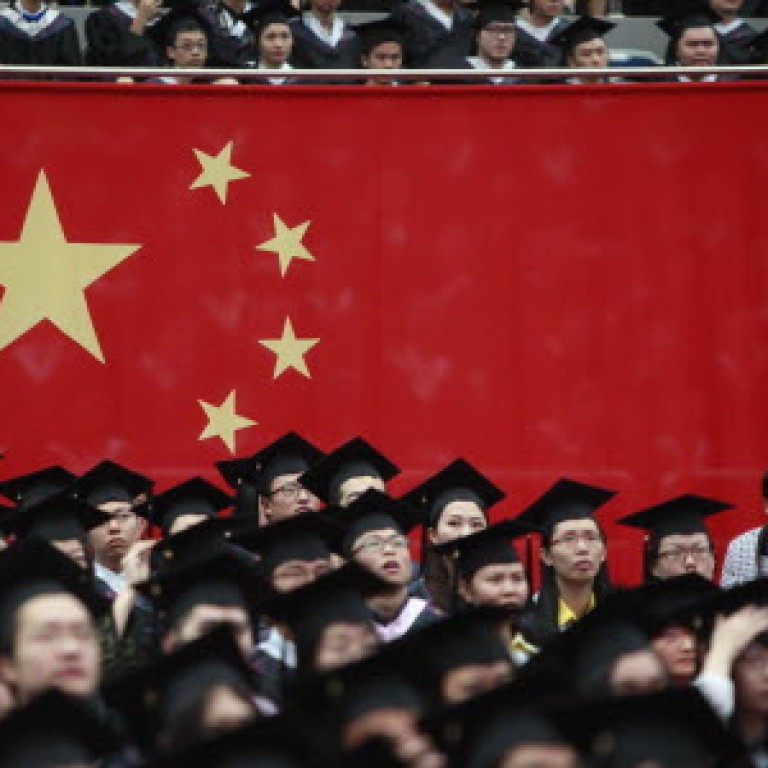
China's too old for a new revolution
Despite the memories of Arab spring that a Hunan fruit seller's death and the ensuing violence evoked, the chances of such sporadic expressions of discontent snowballing into a regime-threatening movement are slim because China lacks the bedrock of any revolution - youth.
There are many things in the air in Beijing, but revolution isn't one of them.
Despite the memories of Arab spring that a Hunan fruit seller's death and the ensuing violence evoked, the chances of such sporadic expressions of discontent snowballing into a regime-threatening movement are slim because China lacks the bedrock of any revolution - youth.
"Youth bulge" played a major role in mass movements throughout history: the English, French and Russian revolutions, the baby-boomer-fuelled turbulence in the 1960s and 1970s America, right up to the Tiananmen Square and Tahrir Square uprisings.
China's problem today is the opposite, it lacks young people. A persistently low fertility rate means the end of cheap labour, low wages and widespread prosperity. But it also means fewer angry youths on the streets threatening political order. A falling birth rate is a political blessing in the disguise of an economic problem.
In the wake of the Arab spring, two academics from INSEAD business school developed a model to determine if a country is "ripe for revolution". They found revolutions were most likely when there is a disproportionately high number of 15-29 year olds compared with the previous generation, and abnormally high inflation. While both Egypt in 2011 and Tiananmen in 1989 met these conditions, the two correctly predicted that the 2011 call for a "jasmine revolution" in China would amount to "little more than an aromatherapy session" because of the markedly low proportion of those in the 15-29 bracket. By 2025, this age group will shrink another 30 per cent and the chances of a revolution recede further, all other factors remaining constant.
The "Shoe-Thrower's Index" of , designed to locate the next Arab domino, points in a similar direction. Of all the triggers it identifies for a revolution, this index ascribes the highest weighting, of 35 per cent, to the share of the population under 25. Already dwindling, Chinese in the 20-24 age group are expected to fall from 125 million to 68 million in the decade to 2020.
While that poses a set of difficult challenges for those in power, they don't need to worry about flying footwear in the air.

